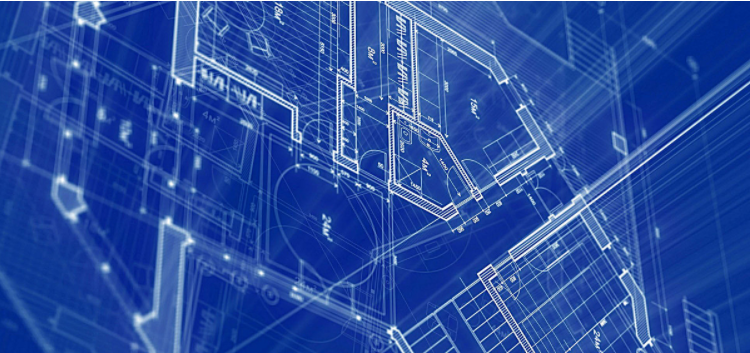Before PCB design for mechanical keyboard, we need to follow some steps.
Software configuration:
We will use KiCad to design the keyboard PCB. So, first download and install it so that you can follow all the techniques and tricks we shared. KiCad is now one of the most widely used software for design purposes. Therefore, you can get a lot of tutorials on how to design in Kicad software. If you have already installed it, we can start. One thing you need to do is to make sure you have all the official KiCad libraries.
plan:
First start KiCad, and then you will see a screen with many options. Now click on the new item. Then give your project a name of your own, such as Keyboard PCB or any name you like. Now we will design the schematic diagram. So be careful
First, double-click the ".sch" file and you will see a completely blank table.
Now we must add a component library. If you look at the top of the window, click "Preferences"> "Component Library". Now click "Add" and try to find the "keyboard_parts.lib" file from the housing library. Then, you can follow the instructions and recommendations of the software. There are too many tutorials on the Internet, you can easily view and install the library.
Now, to start, we will suggest a list of basic commands:

"M: Lift the component and move it
g: Drag and move the component upwards while keeping the cable connection
c: Copy component
e: Edit component
r: rotating component
y: Mirror component
del: delete component
ESC: Abort! "
Then click "Place"> "Component". Now you can see that your steed looks like a pencil. Just click anywhere on the page to find ATMEGAGA32U4 in the library installation.
Click OK, and then click the schematic diagram to place the component. We must edit the component and change the reference from U to U1.
We will place glasses. Glass is a very important part of all available components on the keyboard PCB. Because it determines the speed of keyboard playing. Now, we place the component "XTAL_GND" next to the controller. Just change the reference to X1.
One thing to keep in mind is that too much noise is likely to interfere with the controller's signal. Therefore, two decoupling capacitors should be used to avoid this situation. Now, we will use a crystal with a charging capacitance of 18pF so that the decoupling capacitors C1 and C2 we need are 22pF. Finally, we will add a GND symbol and then connect everything
Next, we will add four 0.1uF decoupling capacitors C1, C2, C3, C4 and a 4.7uF capacitor called C7.
Take a look at pin 13. This is the reset pin. We want to add a push button switch to this pin so that we can easily reset it when needed. For this, we will add a switch "SW_PUSH" and name it SW1. Now we have to add a 10k pulp register using this switch named R1.
Now we must add a USB port. So, go to the library and select'usb_mini_micro_B' and add it to the worksheet and name it J1. Now, if you look at USB, there are various pins such as VUSB, D-, D+, ID, GND, SHIELD. Now, connect VUSB to VCC and then to UVcc of the controller. D- and D+ from the controller and USB will be connected with two 22 ohm resistors called R1 and R2. GND and the shielding layer will be short-circuited, and then connected to the UGND and UCap of the controller through a 1uF capacitor.
After that, check whether all VCC connections and GND connections are properly connected, and then you can proceed to the next step. However, if they are not connected, connect them correctly. Keep in mind that if you use the built-in ADC, you may need to place a capacitor between AVCC and VCC.
Now, we will organize the switch matrix. For the purposes of this tutorial, we will show you a 2X2 matrix. Therefore, first enter the library and select "KEYSW" for the switch and "D" for the diode component. Now connect them to K1 and D1 respectively, and connect K2 to D2. As we said before, it is two 2*2 matrices. Then we must perform the same processing on K3, K4, D3 and D4.
As you can see, there are as many unused components marked as unused pins. Click the blue X button on the right and select all unconnected pins on the controller and USB port.
After the final completion, the schematic diagram of the mechanical keyboard PCB circuit board is successfully completed.